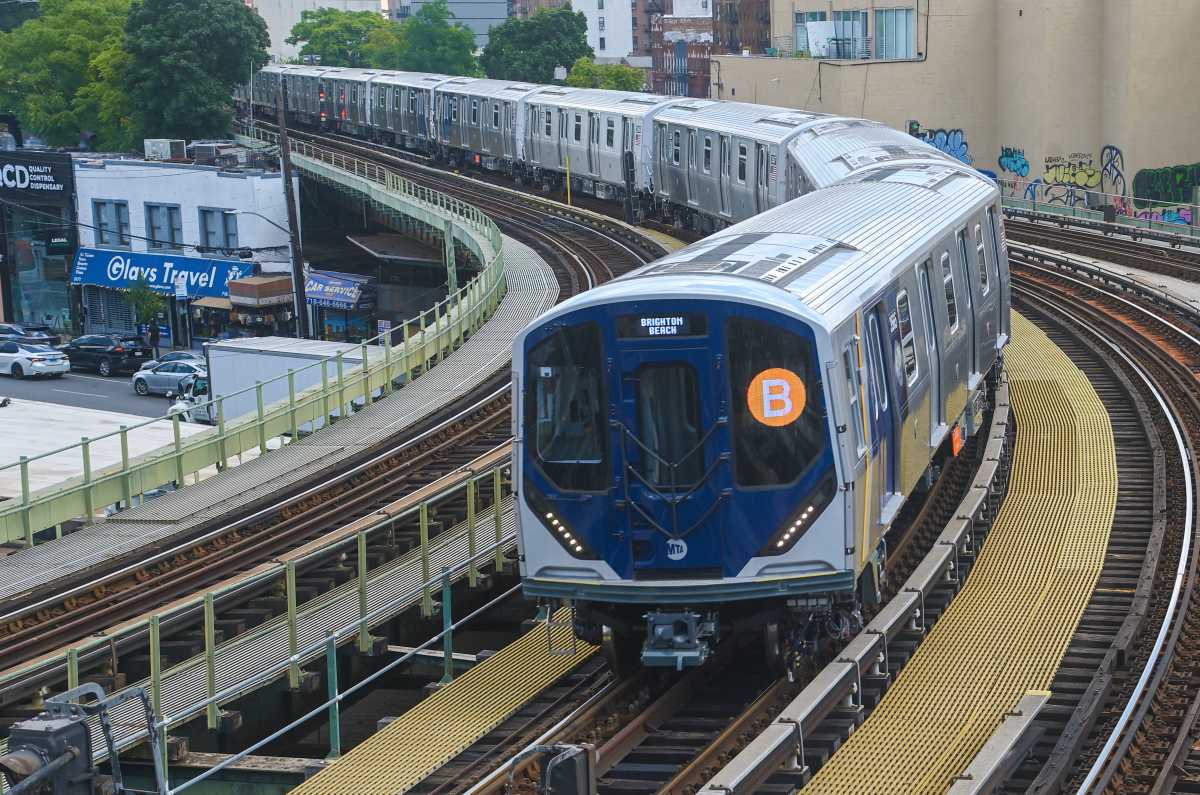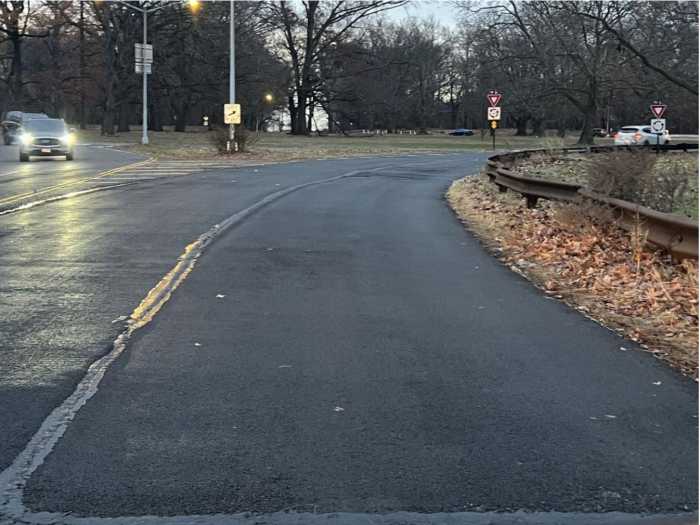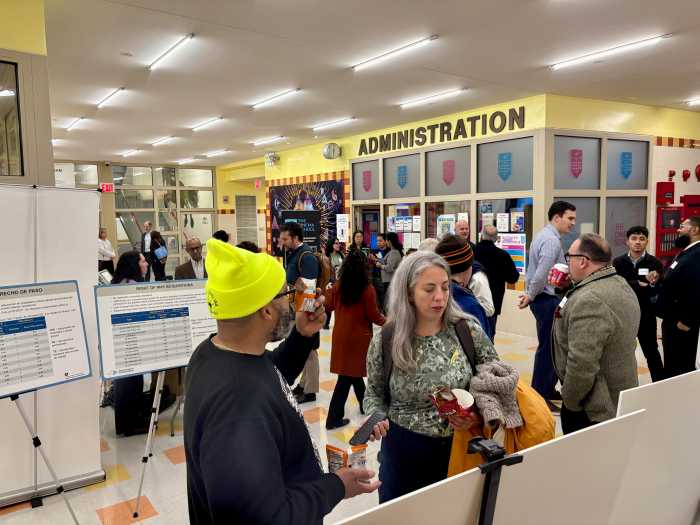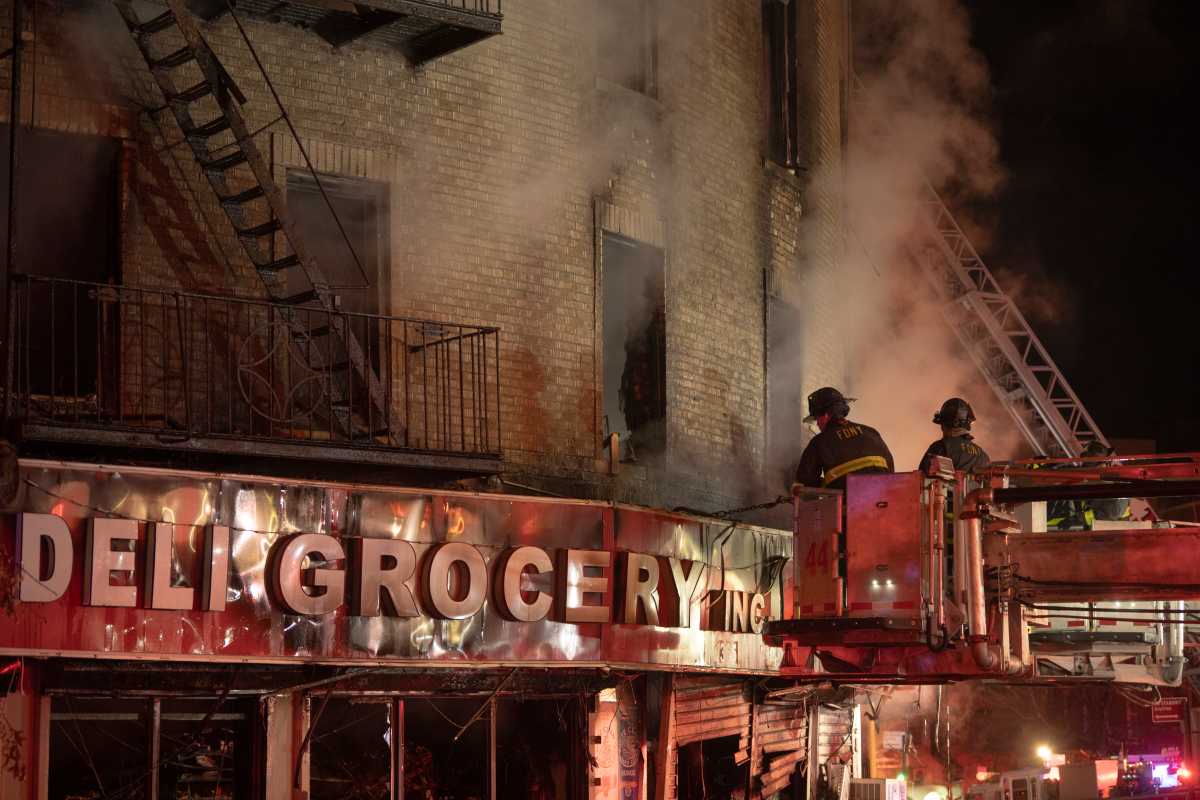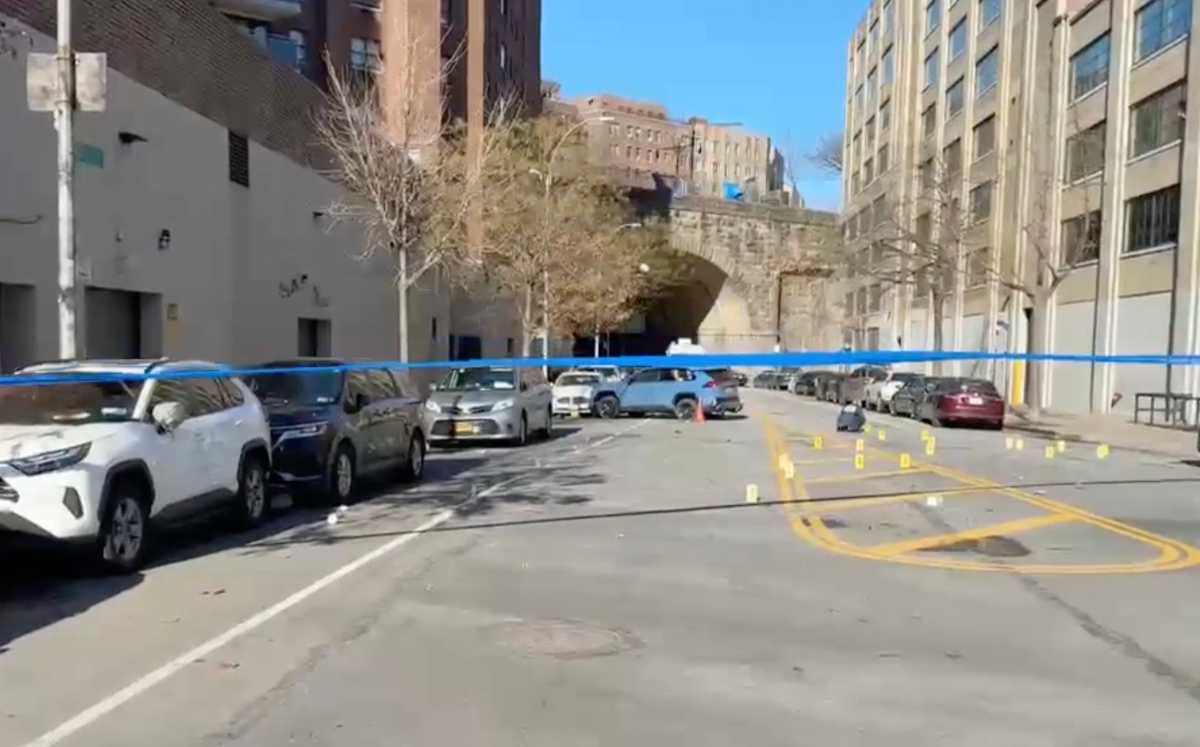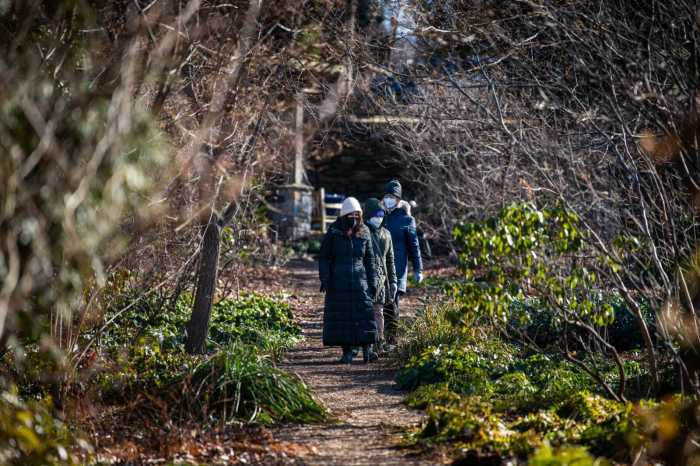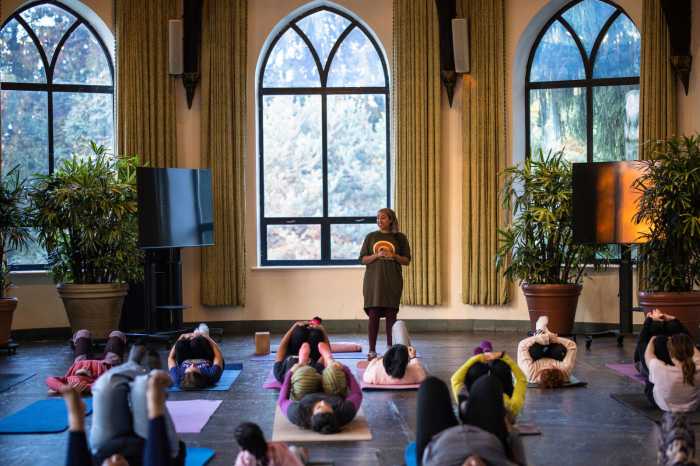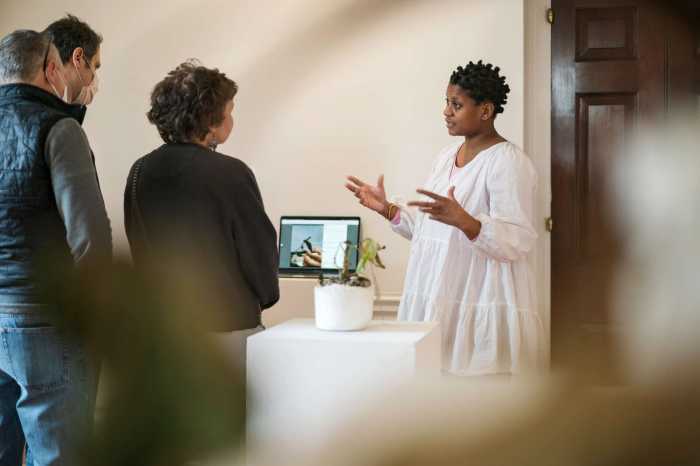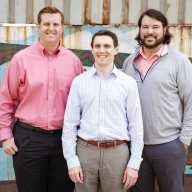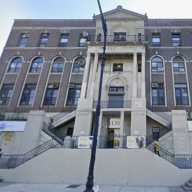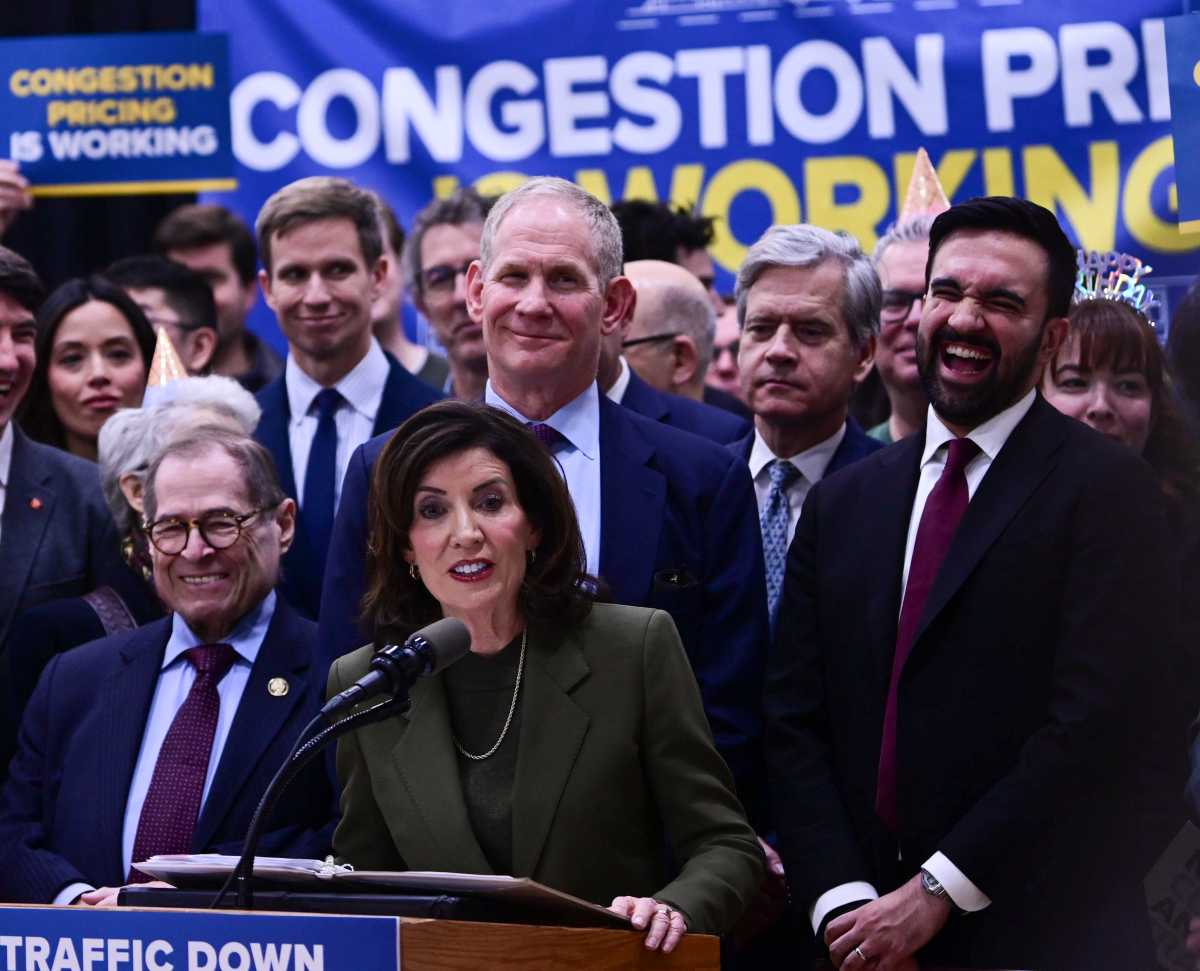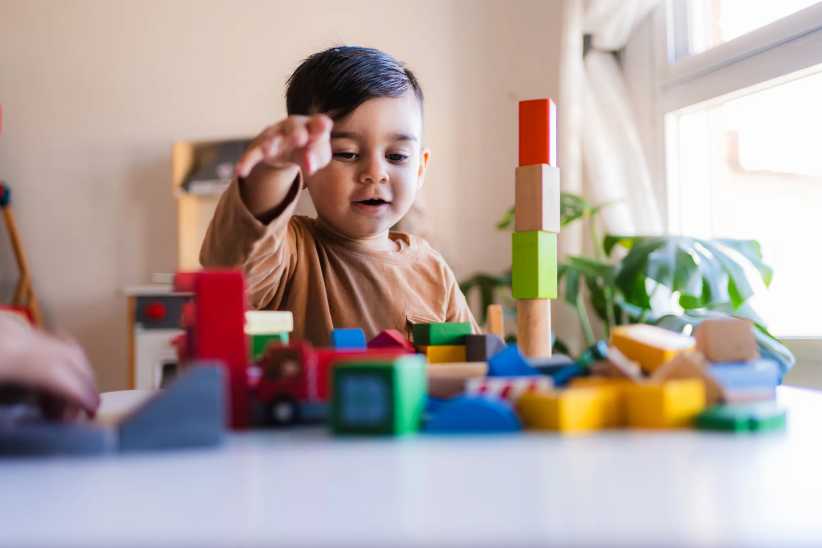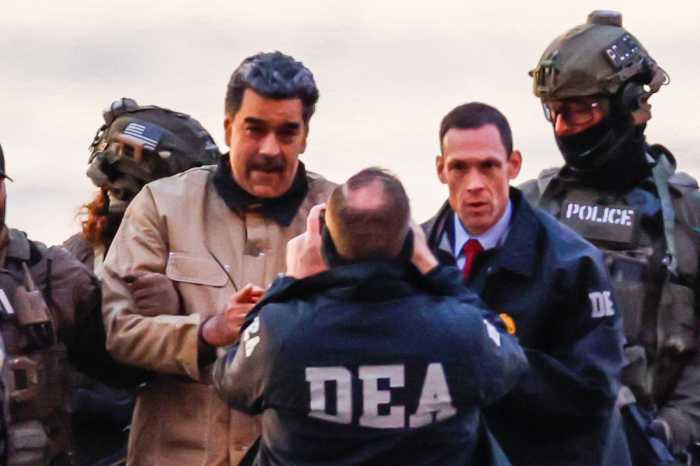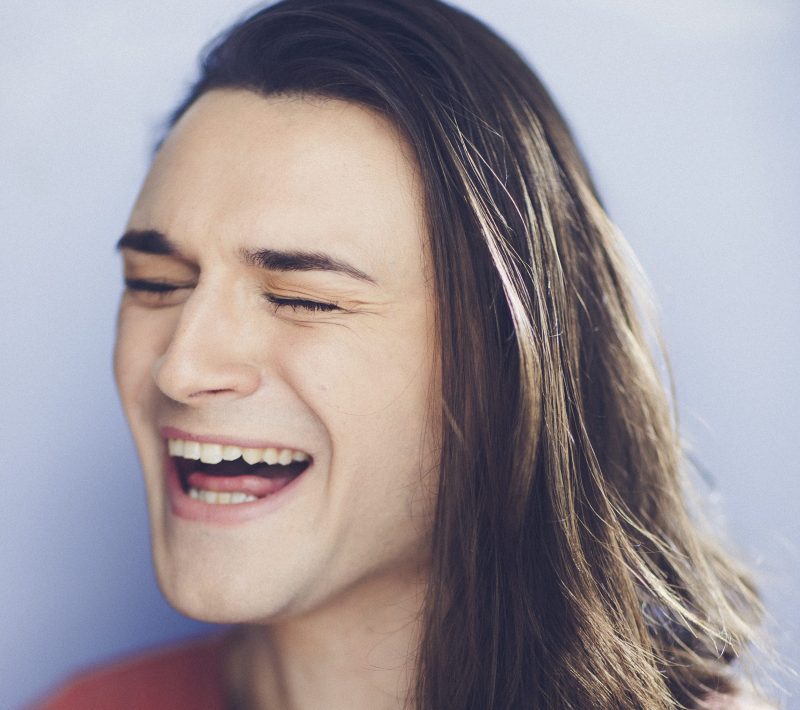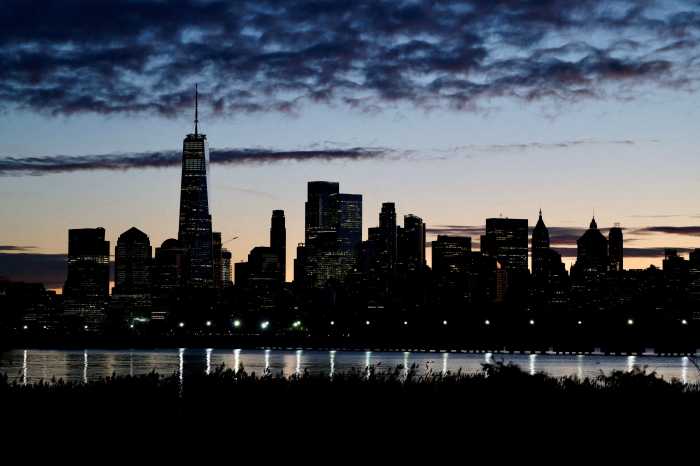All aboard!
Some passengers on the B train across the Bronx and Brooklyn on July 21 may not have known it, but they were riding a train bound for the future.
The Metropolitan Transportation Authority without much fanfare deployed a new, 10-car R211 train made by Kawasaki Rail Car Inc. on the B line just before 6 a.m., the first time this new generation of trains ran in the Bronx, the last borough to get the technology.
The MTA has ordered 1,610 R211 cars, which include doors with 58-inch-wide door openings, eight inches wider than standard door openings on existing cars, to accelerate boarding and reduce time trains sit in stations. The MTA believes the wider doors could reduce time in stations by 25 to 30 % and make cars more accessible to the handicapped.
The trains also include security cameras, additional accessible seating, digital displays that list stations, brighter lighting and signage as well as computers to detect breakdowns in systems such as braking and door opening.
The MTA said the new train’s average distance between mechanical issues requiring maintenance is 220,000 miles, compared to the R46’s 46,000 miles. New York City Transit President Demetrius Crichlow said the new technology will provide a “safer and more reliable service.”
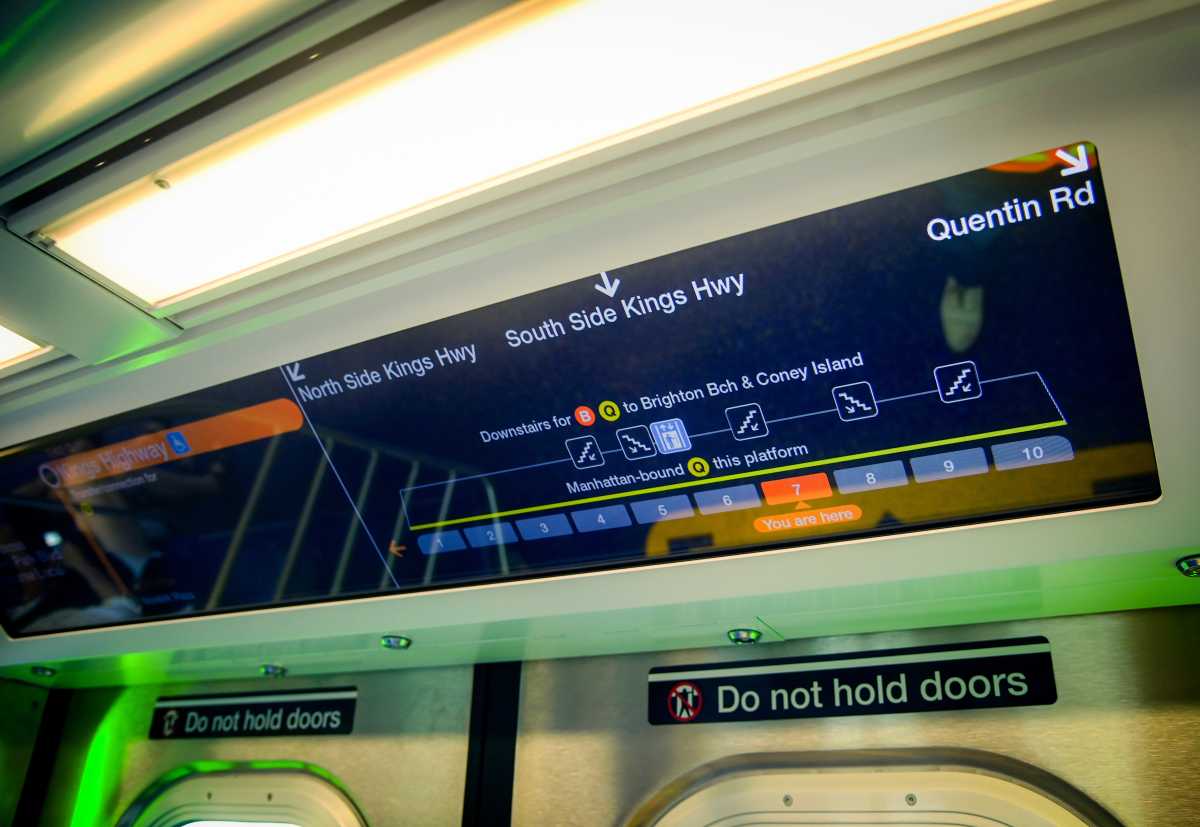
“The R211s are state-of-the-art and feature security cameras and digital displays along with wider doorways that will help speed up boarding times and improve accessibility,” he said in a written statement.
MTA Chief Customer Officer Shanifah Rieara called these trains a “major investment for our riders” that lays the track for the future.” “New train cars are a major component of our capital plan that will allow us to run more frequent service for years to come,” Rieara said.
Although the latest deployment, heading from Brighton Beach, isn’t the first, these new trains are part of a much larger fleet. There were 345 R211 cars in service throughout the New York City Transit system as of December 2024, including on the A and C lines and the Staten Island Railway.
The shiny, stainless steel R211 eventually will replace R46 subway cars used on the A, C, N, Q, R and W lines for decades and R44 trains used on the Staten Island Railway. And it will let the MTA begin replacing its R68s, which entered service in the mid-1980s and primarily operate on the B, D, N and W lines.
The initial order of 535 R211 cars included 440 closed-end or R211A designs, 20 open-gangway or R211T and 75 cars for Staten Island Railway. The MTA Board in October 2022 approved ordering another 640 closed-end or R211A cars estimated to cost $1.78 billion. It then approved another 435 cars, including 355 closed-end R211A cars and 80 open-gangway or R211T cars, estimated to cost $1.27 billion.
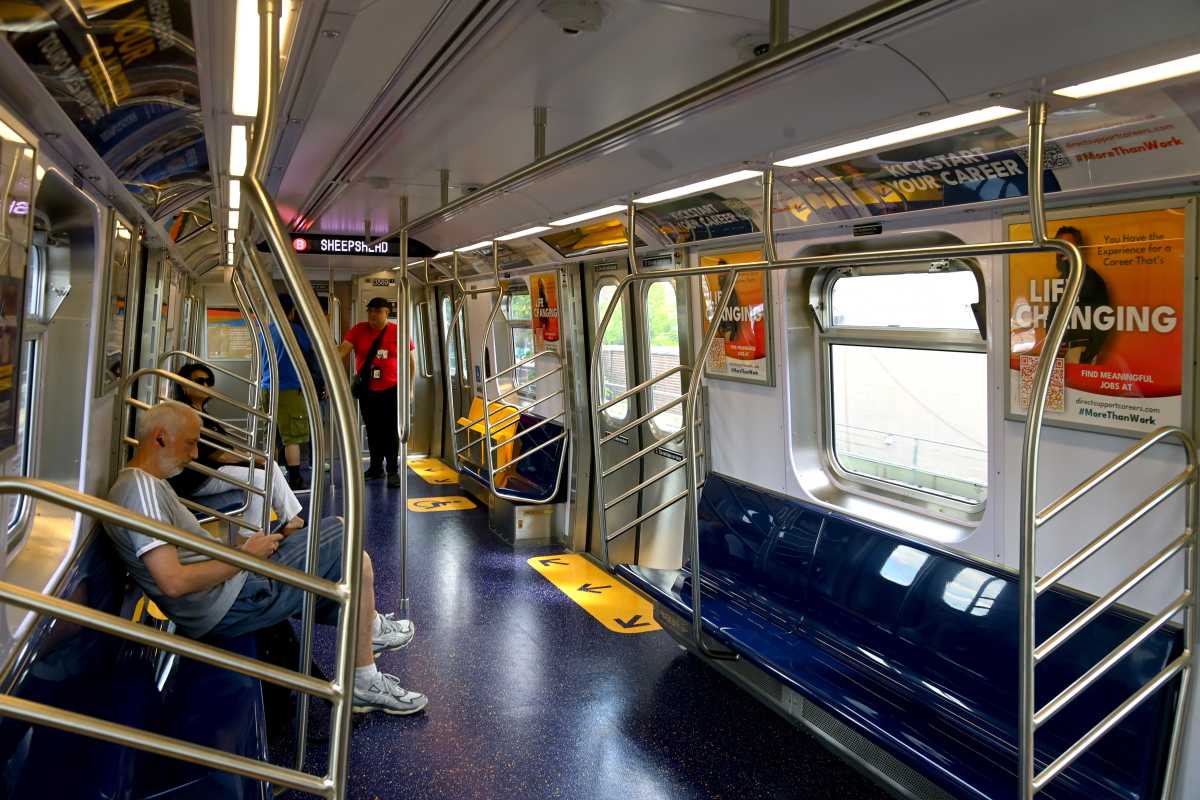
The Bronx train uses “standard” R211 cars rather than ones with an open gangway and accordion-like walls between cars so riders can move from car to car.
While many people may think of motorcycles when they hear the name “Kawasaki,” the company has become a major supplier of trains. Kawasaki Heavy Industries is making the trains through its Kawasaki Rail Car Manufacturing Co.’s U.S. subsidiary Kawasaki Rail Car, based in Yonkers, New York.
Kawasaki has delivered over 2,200 cars to New York City Transit since receiving its initial order in 1982 for the R62 subway cars. The company said it is manufacturing the R211 subway cars at its factories in Lincoln, Nebraska and Yonkers, New York.
The car body structure is being made and interior equipment is being installed at its Lincoln factory, established, in 2001. Final assembly and function testing is being done at the factories in Lincoln and Yonkers, established in 1989.
The MTA has been debuting open gangway versions of this train, in March rolling out two open-gangway cars on the G line after debuting them on the C line last year. Trains with open gangways are used in Toronto, London, and Paris, providing access to more than one car, and helping stop subway surfing by preventing climbing between cars onto train roofs.
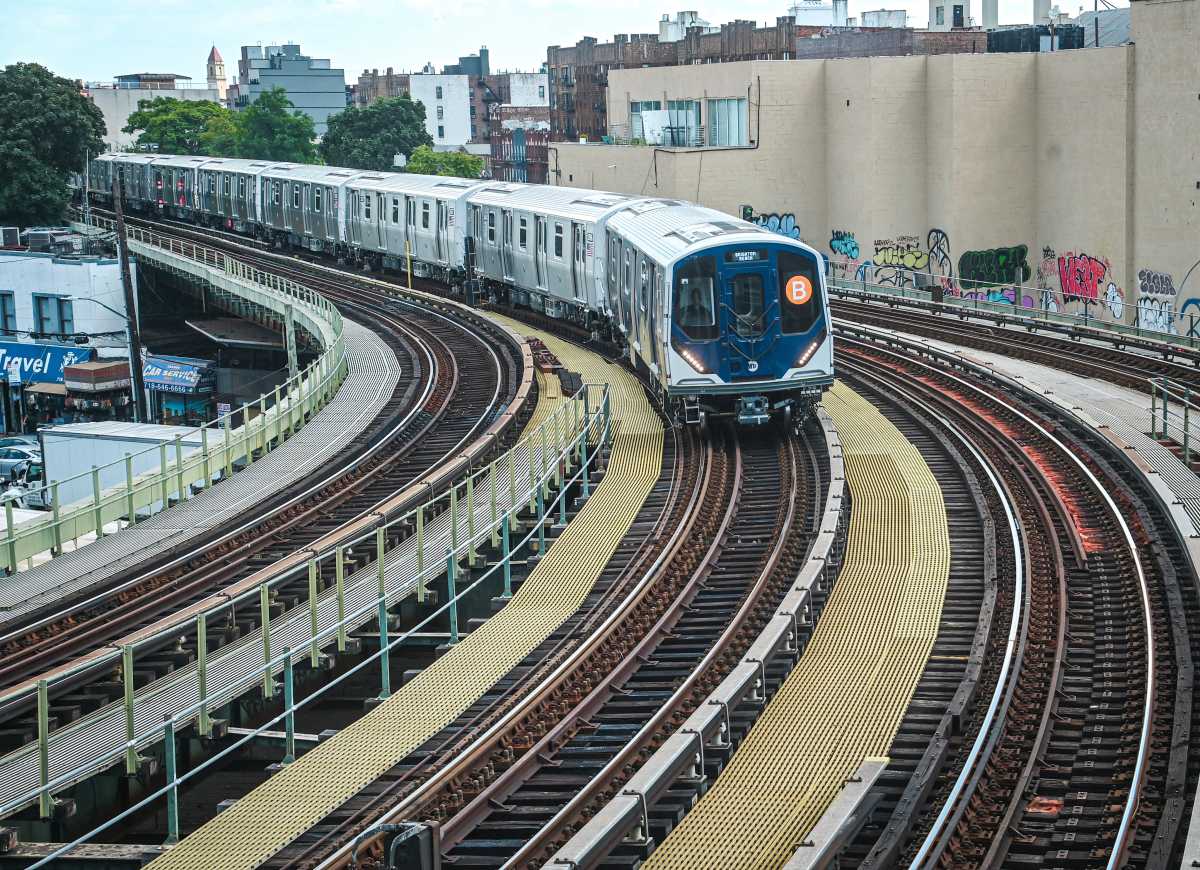
Kawasaki late last year said it had delivered over $12 billion in railcars since its entry into the market in 1979.
The company said its Yonkers factory has been awarded an estimated 30% of the contracts to companies located in New York State. Kawasaki said it has delivered 3,783 railcars equivalent to 76% of its total 5,000 railcars to authorities in the New York area.
The company as of late last year said it had delivered 2,456 cars for New York City Transit, 474 cars for Metro-North Railroad, 336 cars for Long-Island Railroad and 517 cars to the PATH.
That’s in addition to 266 cars for the Southeastern Pennsylvania Transportation Authority or SEPTA, the public transit provider for the Greater Philadelphia area.
It also provided 748 cars for the Washington Metropolitan Area Transit Authority or WMATA, 140 cars for Massachusetts Bay Transportation Authority or MBTA, 50 cars for the Maryland Area Regional Commuter (MARC) Train Service and 13 for Virginia Railway Express or VRE.

